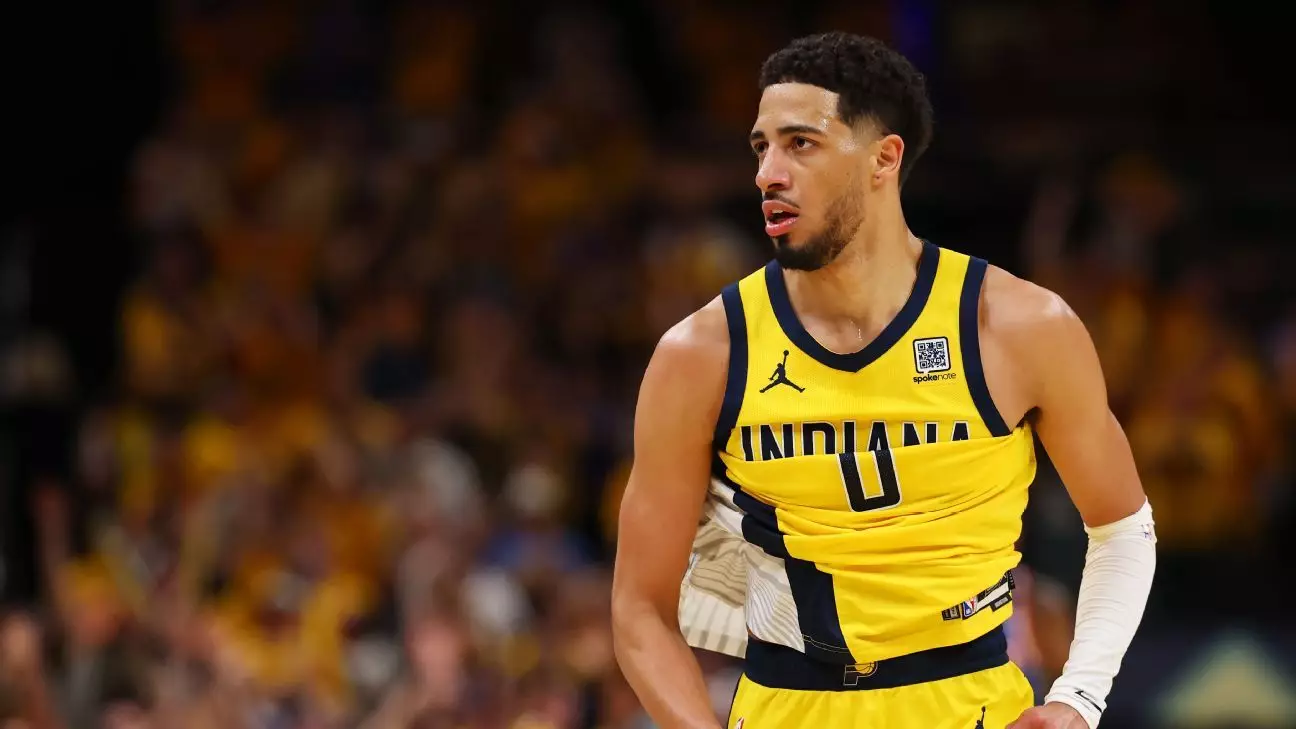The surge in Achilles injuries across the NBA has sparked widespread speculation and finger-pointing. Many fans, coaches, and analysts hastily attribute these injuries to factors like increased game load, athlete fatigue, or even poor training regimens. However, a closer examination reveals that these explanations are often superficial, failing to grasp the complex and unpredictable nature of sports injuries. Tyrese Haliburton’s candid acknowledgment that “bad luck” plays a significant role is a refreshingly honest perspective that challenges us to reconsider our biases. The reality is that injuries in high-performance sports often defy simplistic explanations; they are multifaceted phenomena influenced by a constellation of individual, environmental, and chance factors.
This humility about understanding injury causation should remind us that sports medicine is not an exact science. While load management and conditioning are important, they are not foolproof safeguards against injury. Haliburton’s experience underscores that even well-prepared athletes, with meticulous medical supervision, can suffer unforeseen setbacks. The frequent attempts to find clear-cut causes often lead to unfounded blame, may foster unnecessary anxiety among players, and can divert focus from genuine preventive measures rooted in scientific research.
The Fallacy of Overemphasizing Conditioning and Playload
One prevalent narrative suggests that play fatigue, excessive minutes, or an overloaded schedule directly cause Achilles tears. This has resulted in initiatives aimed at reducing game counts and managing minutes. Yet, data and expert opinions, including that of NBA commissioner Adam Silver, cast doubt on this simplified correlation. Silver’s observation that most Achilles injuries occur early in the season suggests that accumulated fatigue may not be the principal variable.
While overexertion can contribute to injury risk, the evidence indicates that it is far from the sole determinant. Athletes like Haliburton, who pass stress tests and report feeling ready, can still suffer severe injuries. This points to a deeper, more insidious factor: the intricate web of biomechanical vulnerabilities, tissue health, and genetic predispositions that are not always detectable through standard assessments. The idea that reducing games alone would significantly mitigate these injuries ignores these underlying complexities.
Medical Uncertainty and the Role of ‘Bad Luck’
Haliburton’s assertion that injuries are sometimes just “bad luck” stands out as a counter-narrative to the presumption that everything is within control. There is an inherent randomness in sports injuries—tissue stress accumulation, microtears, sudden shifts in force, or unnoticed biomechanical flaws can all lead to catastrophic tears despite optimal preparation.
Over time, the sports medicine community has come to accept that not every injury can be predicted or prevented. Such acceptance demands humility from teams, leagues, and medical staff. It also calls for a more compassionate approach toward athletes, viewing injuries as an unfortunate part of competitive sports rather than solely the product of negligence or overexertion.
Haliburton’s own injury, occurring while he was apparently feeling confident and physically prepared, exemplifies this unpredictability. His early favoritism towards his leg and subsequent tear after passing a stress test highlight how seemingly “safe” situations can still result in devastating outcomes. It’s a stark reminder that even comprehensive injury prevention strategies cannot eliminate all risks.
Leveraging Experience and Psychological Resilience During Recovery
Beyond the physical toll, Haliburton illustrates a commendable mental resilience in how he approaches his injury. Using this setback to deepen his understanding of the game, engage more with coaching staff, and develop a broader basketball IQ exemplifies a growth mindset often overlooked in player narratives. His willingness to turn a personal tragedy into an opportunity for mental and strategic growth demonstrates that adversity can be a catalyst for holistic development.
This perspective challenges the conventional focus on physical health as the sole component of athletic success. It suggests that fostering psychological resilience, strategic thinking, and professional growth are equally vital, especially in the face of inevitable setbacks. Haliburton’s proactive engagement with his coaching and executive staff may eventually serve as a model for how injured athletes can redefine their careers and contribute meaningfully off the court.
Reevaluating Injury Prevention in the Age of Uncertainty
The growing prevalence of Achilles injuries should trigger a paradigm shift in how we approach injury prevention. Instead of perpetually chasing a panacea—be it reduced game schedules, specialized training, or advanced diagnostics—we ought to accept the inherent uncertainty and focus on adaptive strategies. This includes emphasizing personalized medicine, biomechanical assessments, and mental toughness training. Recognizing that injuries are partly a matter of luck, we should foster environments where athletes are supported holistically—physically, mentally, and strategically.
The quest for the perfect injury-proof athlete is perhaps futile. Instead, cultivating resilience, understanding limitations, and advancing scientific research are more pragmatic paths forward. Haliburton’s experience underscores that even the most prepared athletes are vulnerable to injury, which should inspire the league to adopt a more nuanced, compassionate, and science-driven approach to athlete care.


Leave a Reply